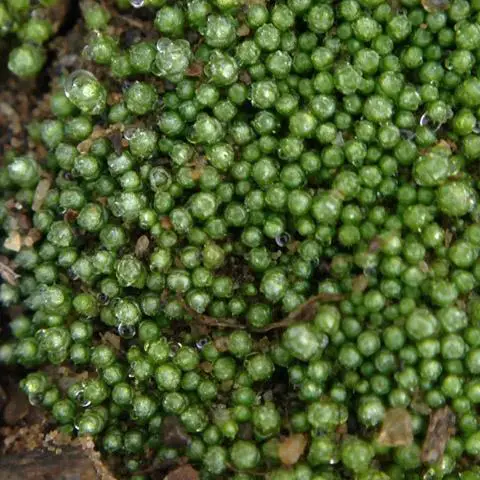Bryum prostratum Moss: Unveiling the World of This Tiny Ecosystem Engineer
Affiliate Disclaimer: As an affiliate, we may earn a small commission when you make a purchase from any of the links on this page at no additional cost to you!

3.jpg from: https://nathistoc.bio.uci.edu/Mosses/Bryum argenteum/index.html
Exploring the Fascinating World of Bryum prostratum Moss
Introduction
Mosses are small but mighty plants that play important roles in ecosystems around the world. One particularly interesting species is Bryum prostratum Müll.Hal., a moss in the Bryaceae family. In this blog post, we’ll take a closer look at this fascinating plant, from its unique morphology to its global distribution and ecological significance.
Background on Bryum Mosses
The genus Bryum contains over 400 species of mosses found on every continent except Antarctica. These small plants are part of the Bryophyta division and Bryopsida class. Bryum mosses have adapted to grow in a wide range of habitats, from arctic tundra to tropical rainforests.
Morphology and Identification of Bryum prostratum
Bryum prostratum is a small moss, typically growing in dense tufts or mats. Its scientific name comes from the Latin word “prostratum”, meaning prostrate, referring to its low-growing habit. Key identifying features include:
- Leaves: Small (1-2 mm long), ovate to lanceolate, with a costa (midrib) extending to the leaf tip
- Leaf cells: Rhomboidal to hexagonal
- Capsules: Ovoid to cylindrical, borne on a long seta (stalk), with a well-developed peristome
- Spores: Small (8-12 μm in diameter), yellow to brown
Global Distribution and Habitat
B. prostratum has a wide global distribution, found on every continent except Antarctica. It grows in a variety of habitats, including:
- Soil, rocks, and tree bases in forests
- Disturbed sites like roadsides and fields
- Damp, shaded cliffs and ledges
- Subalpine and alpine zones
This adaptable moss is able to tolerate a range of moisture levels and substrates.
Ecological Roles and Adaptations
Like other mosses, B. prostratum plays several important ecological roles:
- Erosion control: Its dense growth helps stabilize soil and prevent erosion.
- Water retention: Moss mats absorb and slowly release water, regulating moisture in the environment.
- Habitat for microorganisms: Many tiny invertebrates make their homes in moss mats.
- Pioneer species: Mosses are often the first plants to colonize disturbed or bare areas.
B. prostratum has several adaptations that allow it to thrive:
- Desiccation tolerance: It can survive periods of drying out and rehydrate when moisture is available again.
- Asexual reproduction: In addition to sexual reproduction via spores, it can reproduce asexually through fragmentation.
Conclusion
Bryum prostratum may be small, but this mighty moss is an important part of ecosystems around the world. From the arctic to the tropics, it helps retain moisture, prevent erosion, provide habitat, and colonize new areas. Next time you see a patch of moss, take a closer look – it just might be this fascinating species!
